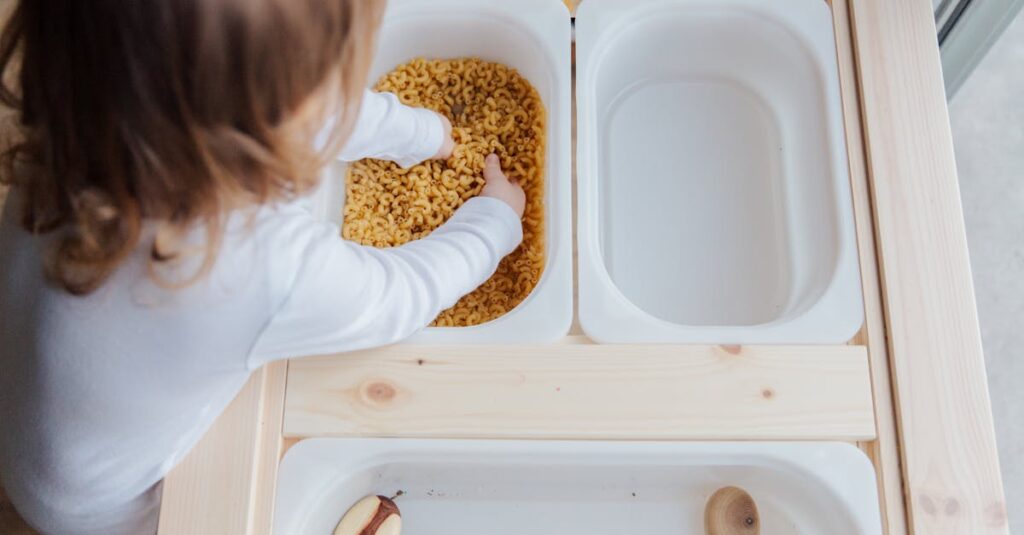Why Visual Stories Matter
Ever wondered why some wildlife photos grab your attention more than others? It’s all about the story. Visual stories make your wildlife photos more impactful. They engage the viewer and leave a lasting impression. Imagine a shot of a cub playing; it’s not just cute but also narrates a tale of innocence and joy. Creating such stories isn’t rocket science. It’s about capturing moments that speak. So, let’s dive into how you can make your wildlife photographs tell compelling stories.
Visual storytelling is a powerful tool that can evoke emotions, convey messages, and spark curiosity. Whether you’re capturing wildlife, landscapes, or people, storytelling through your images can captivate your audience and create a deeper connection.
Here are some tips to help you craft compelling visual stories:
- Focus on Emotion: Look for moments that evoke strong emotions such as joy, wonder, or awe. Emotions help viewers connect with your photographs on a personal level.
- Context is Key: Provide context to your images by including elements that help tell the story. Consider the environment, surroundings, and interactions within the frame.
- Use Light Creatively: Experiment with different lighting techniques to add drama and mood to your photographs. Light plays a crucial role in setting the tone of your visual narrative.
- Capture Details: Pay attention to the small details that can enrich your storytelling. Close-up shots or unique angles can reveal a new perspective and add depth to your images.
- Compose Thoughtfully: Frame your shots carefully to guide the viewer’s eye and emphasize the main subject. Composition plays a vital role in visual storytelling and can help convey your message effectively.
By incorporating these tips into your photography practice, you can elevate your images from mere pictures to captivating visual stories that resonate with your audience. Remember, every photograph has a story to tell; it’s up to you to bring that story to life through your lens.
Choosing the Right Moments
To tell great stories, choose the right moments. Capture action, like a tiger prowling or an eagle soaring. These moments breathe life into photos. Don’t just snap away; wait for that split second when something amazing happens. For instance, I once waited for hours to capture a lion’s dramatic yawn at sunset. It was worth it! This patience pays off in photos that are not only beautiful but meaningful. Trust me, timing is everything when it comes to wildlife shots.
Image source: Click here
Lighting is Your Best Friend
Good lighting can make or break your wildlife photos. Natural light, especially during golden hours, is a photographer’s best friend. Imagine capturing a deer bathed in the warm glow of a setting sun. Stunning, right? Try to shoot early in the morning or late in the evening. Avoid harsh noon light that can create unwanted shadows. Light not only highlights the animal but also sets the scene. Give your photos a magical touch with the right lighting.
Capturing Emotions in Animals
Capturing emotions in animals makes your photos relatable. Try catching a monkey’s curiosity or a bird’s affection. These emotions resonate with viewers. Once, I snapped a picture of a baby elephant reaching out with its trunk, exploring the world. It was adorable and memorable! These emotional moments create a connection between the subject and the viewer.
A tip: observe patiently and be ready to click at the right moment. You’ll be amazed by the results.
Tell a Complete Story
Your wildlife photos should tell a story from start to finish. Begin with a wide shot to set the scene, then move in closer to capture details. Imagine a series of photos showing a bear fishing, from approaching the river to catching a fish. It’s like creating a mini-movie with your camera. This storytelling technique keeps viewers engaged. Don’t just focus on the animal; consider the environment and the sequence of actions.
Link to an example image: View Example
Edit and Curate Your Photos
Editing is crucial to enhance your story. Use tools to crop, adjust lighting, and highlight details. But don’t overdo it. Keep it natural. A little tweak can turn a good photo into a great one. For example, I often boost the brightness slightly to make the colors pop without losing the natural feel.
Curate your photos carefully. Show only the best shots that tell your story effectively. Quality over quantity is the key here.
Share and Inspire Others
Once you have your story, share it! Post on social media, enter photo contests, or create an online gallery. Inspire others with your work. Engaging with a community of like-minded people is rewarding. I once shared a photo series and received incredible feedback. It motivated me to keep shooting and improve. Sharing your work not only builds your confidence but also inspires others to create their visual stories. So, get out there and spread your passion for wildlife photography.

